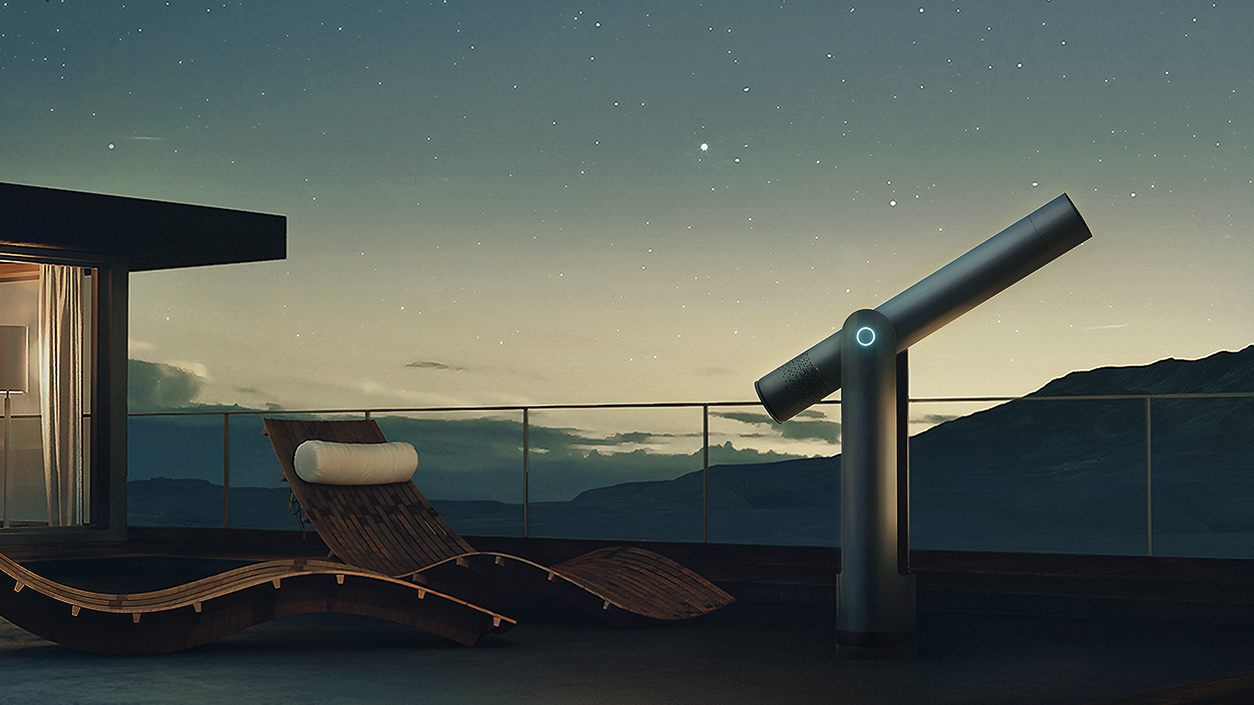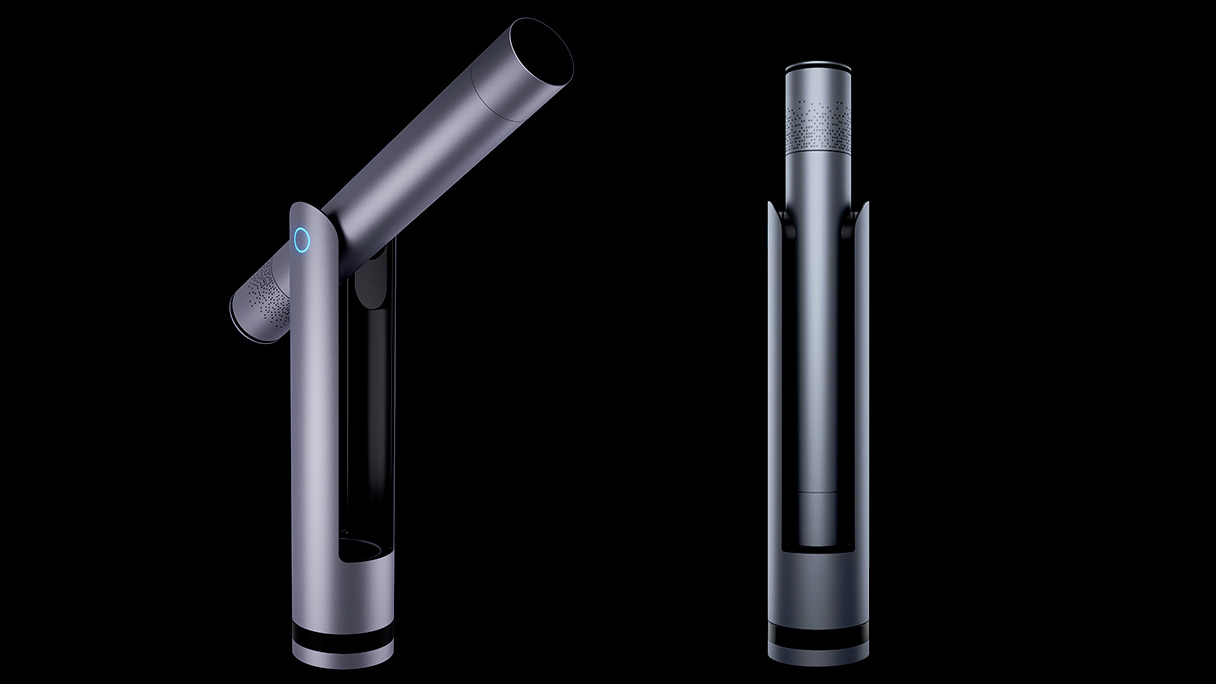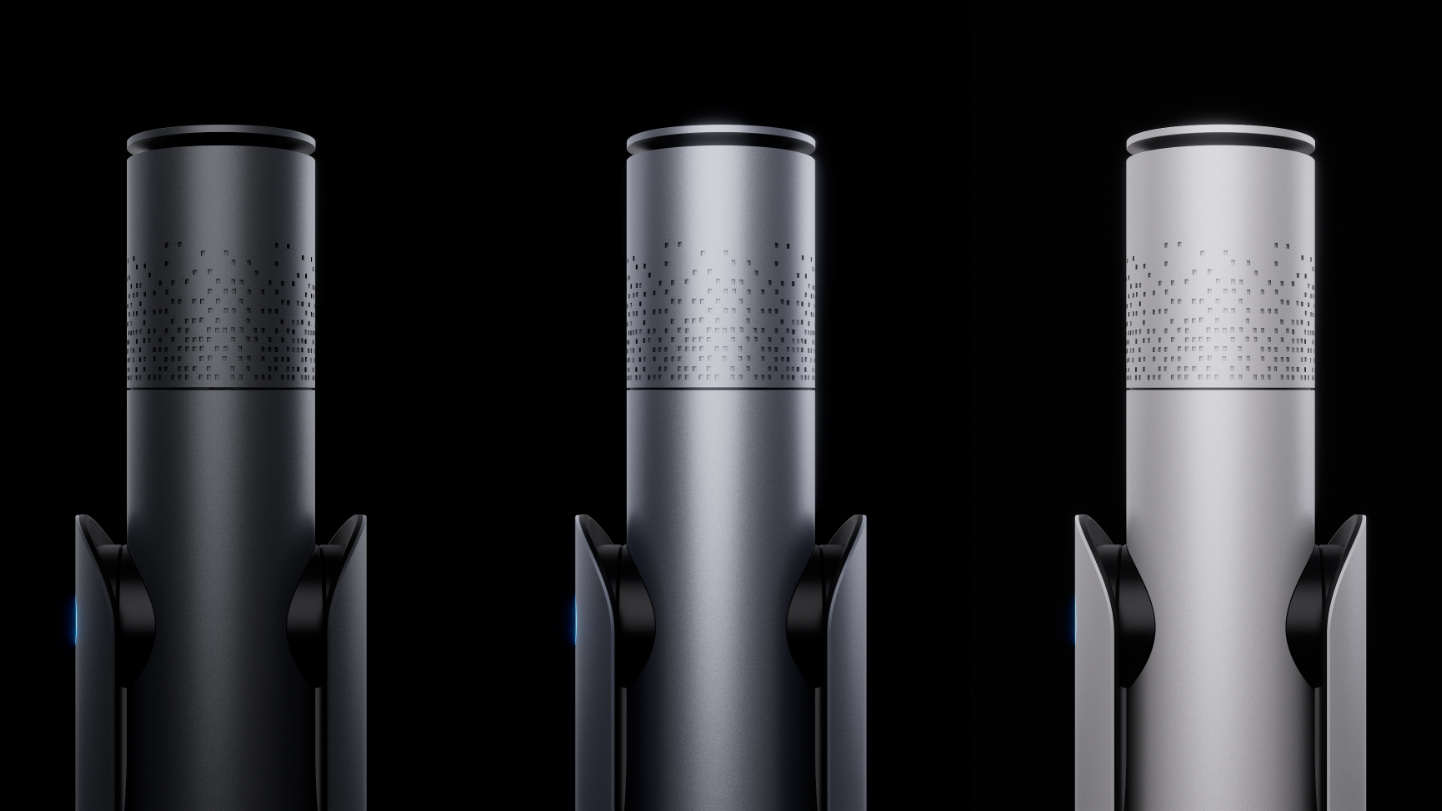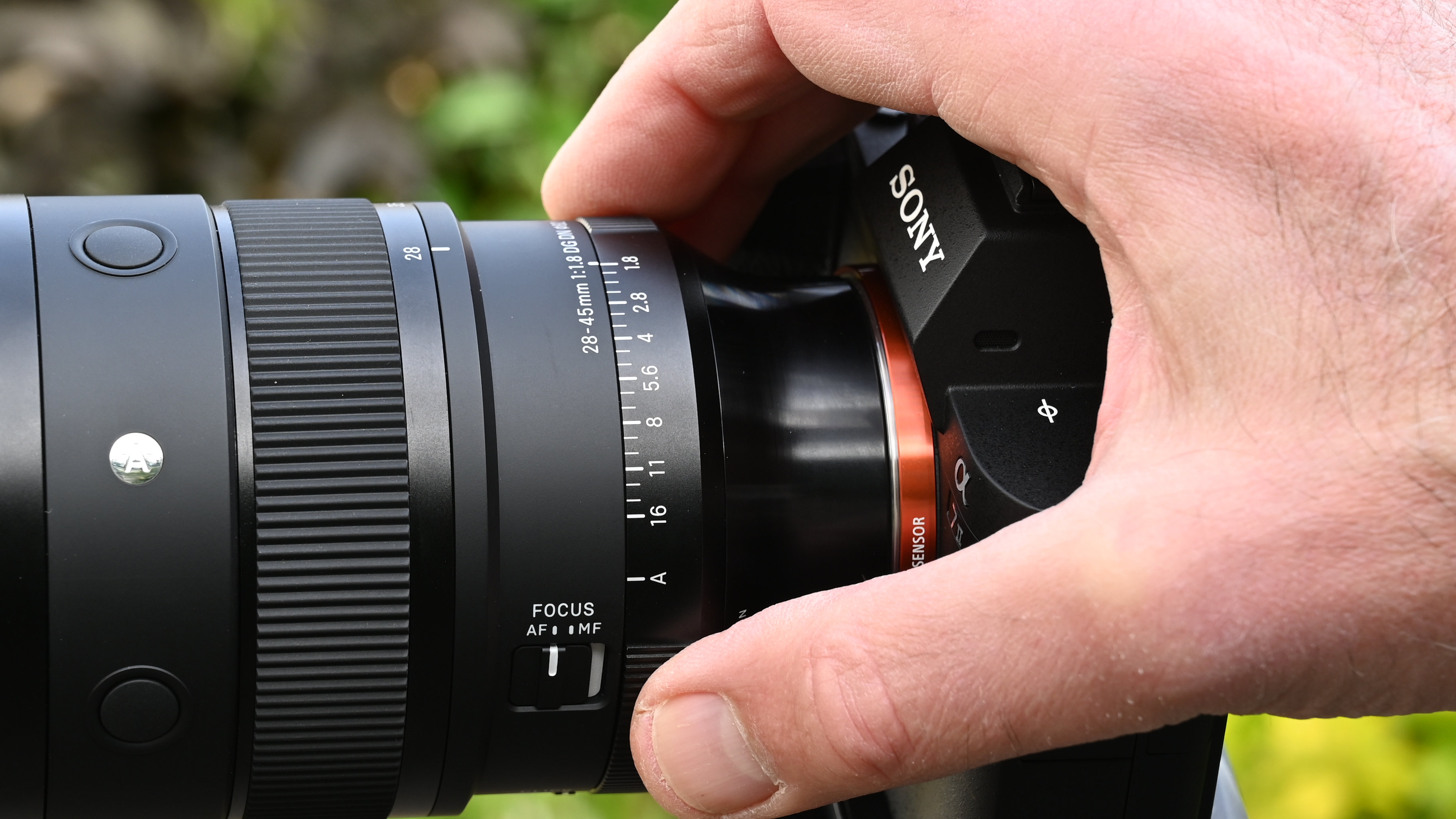61-megapixel Vaonis Hyperia telescope is like having a Hubble in your back garden
Vaonis Hyperia will be the world's most powerful automated ‘mini-Observatory’ – and it will cost $45,000

Telescopes have been flying off the shelves ever since lockdown, but here comes a custom-made astrophotography-centric ‘digital observatory’-style smart telescope that will certainly buck that trend. Just announced by Vaonis is the Hyperia, which the French company calls the world's most powerful automated telescope, even a “domestic Hubble”, a reference to NASA’s Hubble Space Telescope.
Hyperia will sell in 2023 or 2024 for a whopping $45,000 / £38,700.
Aimed at (monied) amateur astronomers, the Hyperia is designed to be a hybrid between a consumer-style ‘smart telescope’ and a full blown astronomical observatory. Supposedly equipped with the best mechanical, optical and electronic technology currently available, it weighs 165 lbs/75kg and comes equipped with the most recent and most sensitive sensor from Sony, the IMX 455, which will help it produce photos of deep sky objects in stunning 61 megapixel resolution.
Compare that to the paltry 6.4 megapixel images traded by the Vaonis Stellina, a smart telescope launched by the same company a few years ago. It’s still the only available product from Vaonis, though it has recently announced another upcoming product, the Vaonis Vespera, a small 2-inch / 50 mm telescope that records 2 megapixel images and is slated to sell for €1,499 / US$1,499 / UK£1,287.
Hyperia is at the polar opposite end of the market. With an an aperture of 5.9-inches / 150mm and a focal length of 41 inches/1,050mm, it’s named after after Hyperion, one of the Titan children of Gaia (Earth) and Uranus (Sky) in Greek mythology (and also one of the moons of Saturn).
With an apochromatic triple lens, which brings red, green and blue wavelengths of light into focus in the same plane, it’s designed to mimic the automated telescopes on remote mountaintops used by astronomers. It uses the same ‘direct drive’ motorised technology that rotates professional telescopes.
It will be capable of taking digital images of deep sky objects right down to 20th magnitude, with Vaonis offering examples of what it should be capable of; full colour images of objects like the Eagle Nebula, Tarantula Nebula and Sculptor Galaxy. Those images, shot in 9576x6388 pixel resolution, will be available for the owner to view on their phone, tablet or computer.
The best camera deals, reviews, product advice, and unmissable photography news, direct to your inbox!
Made from high-end Zircal, which is used by the aerospace industry and protects against the elements, Hyperia will be made to order and fully modular, with a waiting time of between 12 and 18 months.
“Since the creation of Vaonis, we have been committed to making the exploration of the universe accessible to everyone,” said Cyril Dupuy, founder of Vaonis. “Making the most efficient technologies on the market accessible to the most demanding public represents a new step taken for our company with the creation of Hyperia. However, ease of use and experience are in Hyperia’s DNA as in the rest of our range.”
Read more
Vaonis Stellina smart telescope review
The best telescopes in 2021
The best camera for astrophotography
The best CCD cameras for astrophotography
The best lenses for astrophotography
The best light pollution filters for astrophotography

Jamie has been writing about photography, astronomy, astro-tourism and astrophotography for over 15 years, producing content for Forbes, Space.com, Live Science, Techradar, T3, BBC Wildlife, Science Focus, Sky & Telescope, BBC Sky At Night, South China Morning Post, The Guardian, The Telegraph and Travel+Leisure.
As the editor for When Is The Next Eclipse, he has a wealth of experience, expertise and enthusiasm for astrophotography, from capturing the moon and meteor showers to solar and lunar eclipses.
He also brings a great deal of knowledge on action cameras, 360 cameras, AI cameras, camera backpacks, telescopes, gimbals, tripods and all manner of photography equipment.


